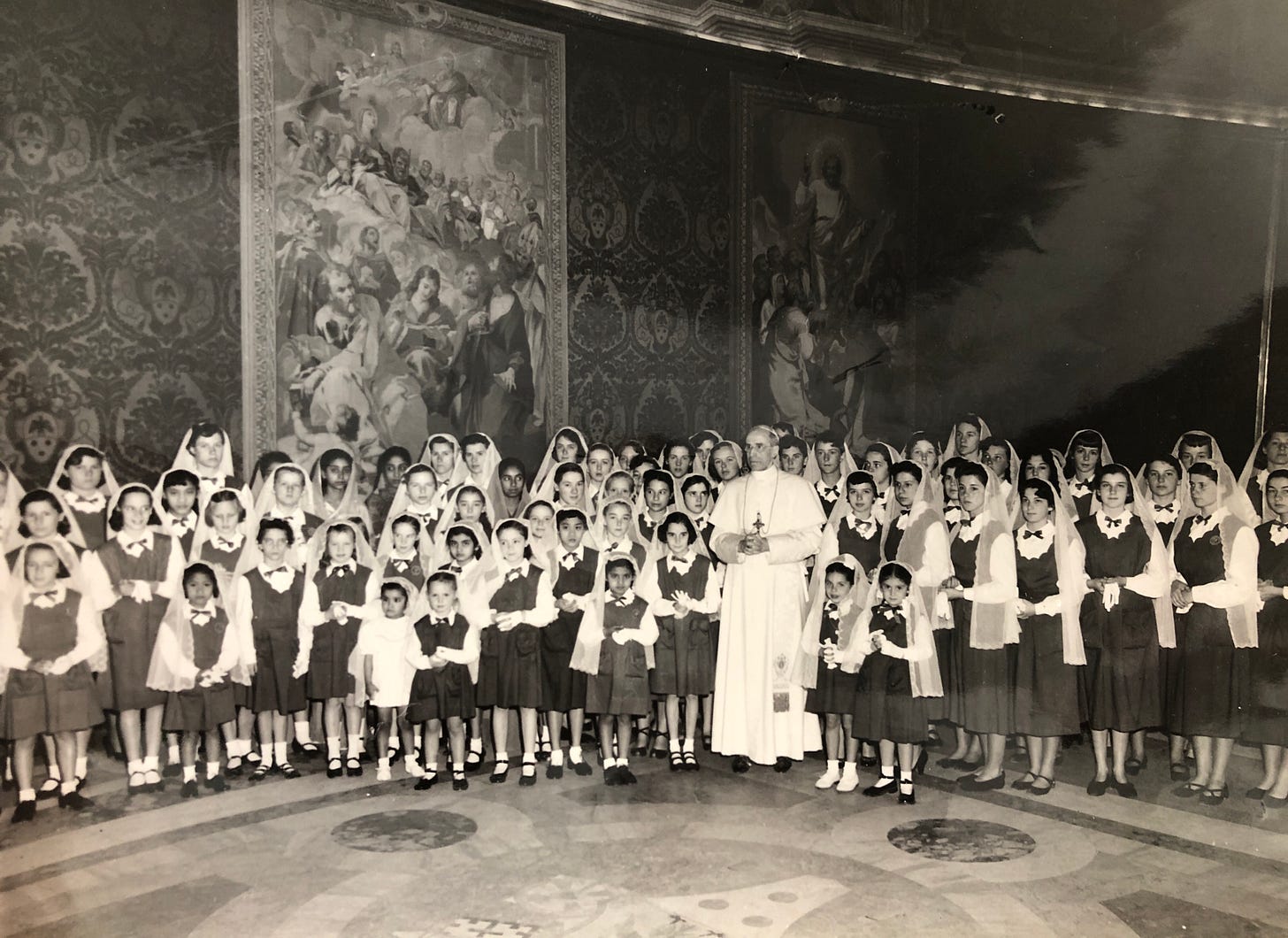Today, for the first time in history, an American from the United States has been elected supreme head of the Roman Catholic Church, leader of the world’s Catholics. The election of Cardinal Robert Prevost, born in Chicago, is an unprecedented historical event. The eyes of the world are again focused on a man from the United States, this time not because of alarming measures ordered by a deranged President that affect the lives and economies of the entire globe, but because the election of the new Pope represents hope, hope that an era of peace, kindness and love will prevail.
Born in 1955, 69 years old, the 267th Pontiff was an altar boy when young and was ordained as a priest in 1982. Three years later, he moved to Peru where he was a local parish pastor in Trujillo in northwestern Peru where he spent 10 years. He has Peruvian nationality.
Prevost is believed to have shared Francis' views on migrants, the poor and the environment, and will be seen as a figure who favored the continuity of Pope Francis’ reforms in the Catholic Church. Although he is an American, and will be fully aware of the divisions within the Catholic Church, his Latin American background also represents continuity after a Pope who came from Argentina.
As cardinal, he has not shied away from challenging the views of US Vice-President JD Vance. He reposted a post on social media platform X which was critical of the Trump administration's deportation of a US resident to El Salvador, and shared a critical comment piece written about a TV interview given by Vance to Fox News."JD Vance is wrong: Jesus doesn't ask us to rank our love for others," read the post, repeating the headline from the commentary on the National Catholic Reporter website.
Growing up in Rome, I went to a school, Marymount, that had private audiences with Pope Pius XII every year during the ‘50s (that’s me to the Pope’s immediate right, looking up adoringly). At the time, I was a practicing Catholic, immersed in a world of invisible beings, incense, pageantry, and controlled by dogma and rules of reward and punishment. I grew up to have ambivalent if not negative feelings about my indoctrination and have written about it on Medium. https://medium.com/illumination-curated/the-ravages-of-religion-aa60f907c09a?sk=f4868917b8ca7736a0249383544c5dba
I’ve come to think that perhaps my early Catholic experience was a preparation of sorts for a later openness to things spiritual. Without the rules and dogma, punishment and reward, but an openness to actually “not knowing” and accepting that there may be “more things in Heaven and Earth, Horatio, than are dreamt of in your philosophy" to quote from Shakespeare’s Hamlet.
I was still living in Rome when a Pope died and a new one was elected. The year was 1958. Pope Pius XII had died, and I was working for a newspaper, The Daily American, after graduating from Marymount. During the Conclave, from the 25th to the 28th of October, I would go to St. Peter’s square after work with one of the paper’s editors, and we’d wait to see the smoke: black or white. There is no doubt that there is an energy surge during such events, the vast expanse of St. Peter’s Square filled to capacity with people, the faithful and curious, religious and agnostic. The shift in world power and influence can be felt but not articulated.
Watching the new Pope’s first appearance on the balcony above St. Peter’s square today, the cheering and emotional crowd below in the square, I couldn’t help but feel something akin to hope. Two Americans, one who is the epitome of self-centeredness, hate, intolerance, a lack of humanity and empathy, who was somehow elected leader of the country (and would love to be pope too!), the other a humble man who speaks of peace and love and building bridges of tolerance and understanding. I see both faces, one contorted and angry, the other benign and gentle. My interpretation of the new Pope’s expression is that he looks, above all else, kind. And I find myself longing for kindness in the world. And with the hope that this Pope can inspire love and kindness, tolerance and acceptance, I can sincerely say:
“Evviva il Papa! Long live the Pope!”
Sacred and Profane indeed.
Note: The well-known painting by Titian, “Sacred and Profane Love,” is sometimes mistakenly interpreted as the naked figure representing the “profane,” and the elegantly clothed figure representing the “sacred.” The opposite is actually the case however. The figure in the elaborate clothes represents the profane, the worldly and materialistic. The naked figure represents all that is natural, unadorned, spiritual.






I thought today, as I learned about this Pope, of the irony that our country, home of the brave and land of the free, is now so filled with fear and hate, while the Catholic Church (which to this outsider never seemed welcoming or warm) is moving in the other—right—direction. I wish Leo a long and peace-promoting reign.
I loved reading your thoughtful reflections. You gave me hope that there will be more love and kindness in the world. "Evviva il Papa!"